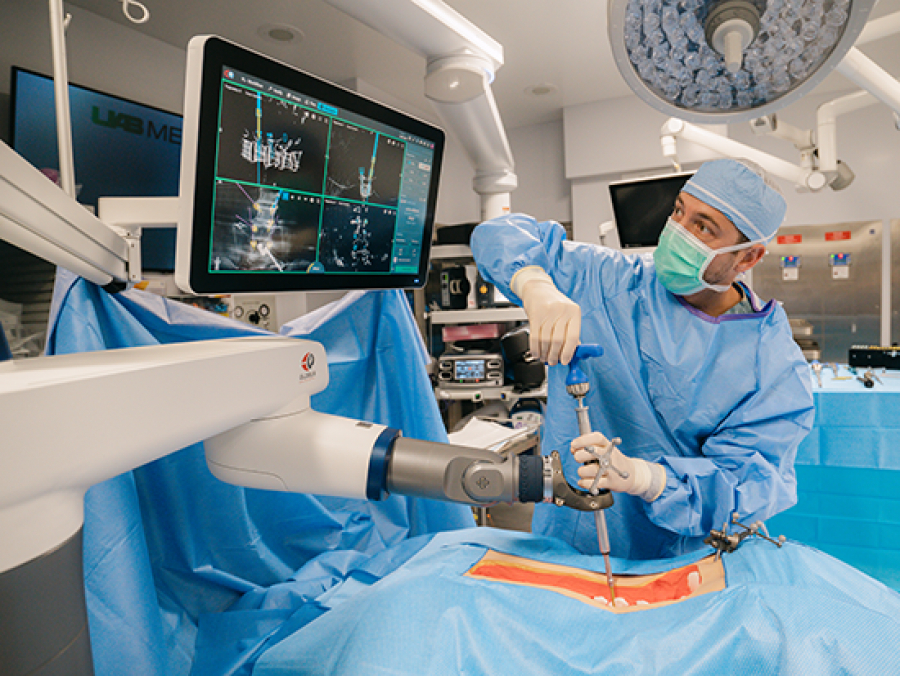Robotic spine surgery combines surgical skill with real-time guidance and computerized navigation. This approach enhances accuracy and reduces the likelihood of tissue disruption during complex spinal procedures. Patients who undergo this form of care often face conditions involving instability, degeneration, or injury that cannot be addressed through conservative treatment alone. With advanced planning tools and steady instrument control, robotic spine surgery supports a more focused and less invasive experience. This shift in technique allows for improved alignment, reduced error margins, and more predictable outcomes.
Improving Surgical Planning and Outcomes
Before any procedure begins, robotic systems assist with detailed imaging and preoperative mapping. Surgeons use these visuals to identify precise entry points and avoid sensitive structures. In the operating room, robotic guidance helps maintain those plans down to the millimeter. This reduces the need for intraoperative adjustments and improves hardware placement consistency. Over time, patients who receive robotic spine surgery may experience fewer complications, shorter hospital stays, and steadier recovery trajectories.
A key advantage of robotic spine surgery is the potential for quicker recovery. Because incisions are often smaller and surrounding tissue is better preserved, patients tend to experience less blood loss and pain postoperatively. These benefits support earlier mobility, which is critical to overall healing. For some, the reduced physical trauma translates into faster returns to work, exercise, or daily routines. The approach helps individuals resume normal activities without the extended limitations often associated with traditional spine surgery.
Addressing Complex Conditions Safely
Spinal deformities, instability, or multilevel degeneration present challenges that demand high accuracy. Robotic surgery offers a path forward for patients who might otherwise face high-risk open procedures. The ability to perform minimally invasive corrections with robotic support allows surgeons to work in difficult-to-reach areas with confidence. This includes treating scoliosis, herniated discs, or spinal fractures with greater stability and control. As a result, more patients qualify for surgical relief without facing prolonged rehabilitation or elevated complication risks.
Reducing Variability Across Procedures
Robotic systems introduce standardization into operations that can vary widely from case to case. Through guided motion and real-time feedback, surgery supports consistency in execution. Surgeons maintain their expertise while gaining additional tools that reduce physical strain and cognitive load during long procedures. This level of support can lead to better surgical efficiency and fewer revisions over time. Patients benefit from this consistency through more uniform care experiences and steadier progress during follow-up.
For many individuals, the idea of robotic surgery represents a significant advancement in care quality. Providers take time to explain how robotic guidance complements—not replaces—surgical judgment and training. Patients who understand the role of this technology often feel more comfortable with their treatment plan. Knowing that precision tools are in place to assist with every step of the procedure helps reduce anxiety. In this way, education and transparency are key to a smoother surgical journey.
Explore Robotic Spine Surgery
Robotic surgery reflects a larger shift toward precision-driven, patient-centered care. As these systems become more widely available, more individuals may gain access to less invasive procedures with promising results. Providers continue to refine their use of technology while monitoring long-term outcomes and patient satisfaction. These advancements represent not just technical improvements, but meaningful change in how spine conditions are addressed. As tools and techniques evolve, patients stand to benefit from more customized and efficient care pathways.





Leave a Reply